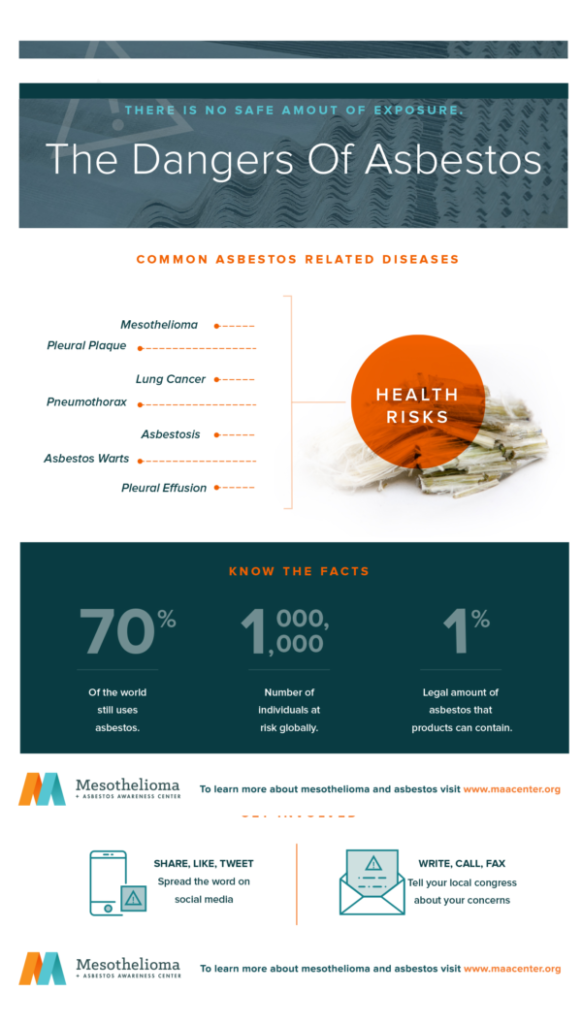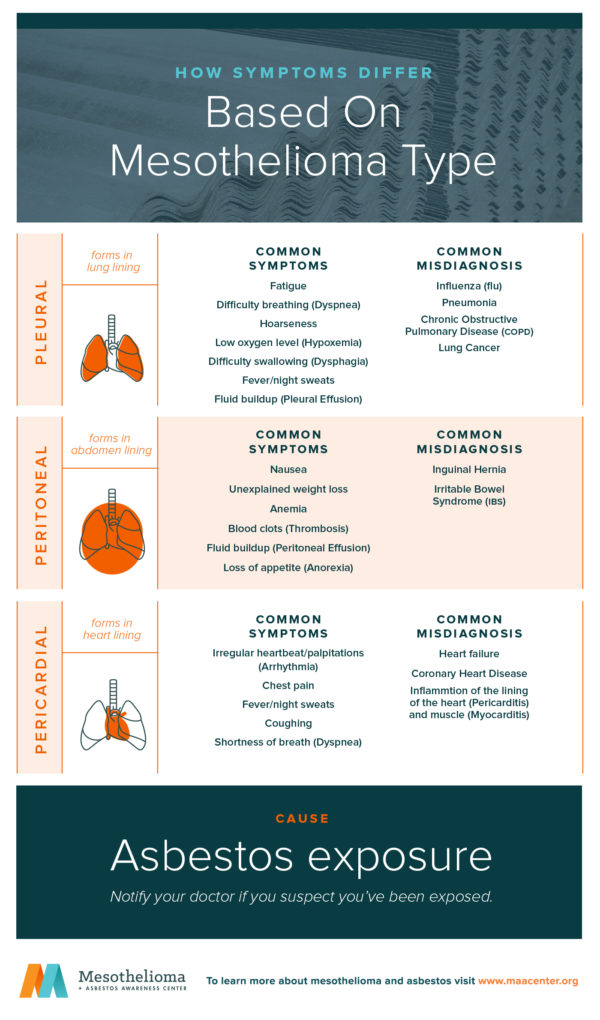To honor November as Lung Cancer Awareness Month, Venta is partnering with the Mesothelioma and Asbestos Awareness Center to promote healthy breathing.
Here at Venta, it is our mission to make the air you breathe cleaner. We are air-crafting the optimal indoor air experience by solving the problems associated with dry, polluted air. We are passionate about this because research shows indoor air can oftentimes be more polluted and dangerous than outdoor air.
Dangerous indoor air quality greatly affects the body’s ability to function and can result in numerous adverse health conditions such as chronic respiratory diseases and even cancer. As November is Lung Cancer Awareness month, we wanted to take this opportunity to draw attention to the importance of understanding air quality’s connection to lung health, lung cancer, and healthy breathing.
We are incredibly excited to be collaborating with the Mesothelioma + Asbestos Awareness Center (MAAC) this month to help raise awareness for lung health, air quality, and how you can safeguard your home from harmful indoor air contaminants.
Written in conjunction with the Health Advocates and experts at the MAAC, we’ll be sharing a series of blog posts all month long to educate our readers on the important work the Mesothelioma and Asbestos Awareness Center does.

What is Mesothelioma?
Mesothelioma is a rare, but serious cancer that affects the lives of over 3,000 individuals each year. When asbestos exposure takes place, the disease can develop anywhere between 10-50 years later, in the mesothelium, a thin layer of cells that protect the body’s internal organs. Due to the latency period, mesothelioma is generally diagnosed in older individuals, however the age of diagnosis, highly depends on the date and frequency of asbestos exposure.
What are the Causes?
Exposure to asbestos is the only scientifically proven cause of mesothelioma, however, erionite exposure has been linked to peritoneal mesothelioma, which develops in the lining of the abdomen or peritoneum. Once asbestos fibers are inhaled or ingested by way of passage through the nose, through drinking water, or any other method, the fibers can make their way through the body and attach to the lining of internal organs. Once attached, they can aggravate cells and develop scar tissue, which can develop into cancerous mesothelioma tumors.

What are the Symptoms?
Often times, mesothelioma symptoms are confused with warning signs of other diseases, so if exposed to asbestos, it is especially important to know the symptoms of mesothelioma which are chest pain, shortness of breath, fluid buildup in the lungs, fatigue, nausea, and more, however, the symptoms will greatly vary based on cell type and location of the tumor(s) in the body.
What are the Types?
There are four primary mesothelioma types, categorized by location in the body: pleural (affecting the lungs), peritoneal (affecting the abdomen), pericardial (affecting the heart), and testicular mesothelioma (affecting the testes).
Pleural mesothelioma, which develops in the pleura lining of the lungs, is the most common type of mesothelioma, accounting for approximately 75% of all diagnoses. It can be very difficult to diagnose because symptoms are often confused with those of other diseases. A series of image scans including chest X-rays will detect pleural effusion, CT scans will search for evidence of asbestos exposure, PET scans will reveal where cancer has spread and further tests are required to confirm the presence of cancer.
Peritoneal mesothelioma, which develops in the peritoneal lining of the abdomen, is the second-most common form of mesothelioma, accounting for approximately 10% of all mesothelioma diagnoses. Peritoneal mesothelioma patients may experience severe abdominal pain, fever, or nausea. Similar to pleural mesothelioma, a series of tests will take place to diagnose peritoneal mesothelioma, including X-Rays, MRIs, CT scans, or PET scans in addition to a tissue biopsy, to rule out other potential diseases.
Pericardial mesothelioma develops in the pericardium, lining comprised of two mesothelial layers, surrounding the heart. This type of mesothelioma is the rarest form of mesothelioma with only 1-2 percent of all cases of mesothelioma. With pericardial mesothelioma, the tissue lining begins to thicken and fluid begins to build, which is known as pericardial effusion. Eventually, tumors start to grow, further preventing the proper beating of the heart. Similar to pleural and peritoneal mesothelioma, pericardial mesothelioma can be very difficult to diagnose. Many cancers can appear similarly after performing a series of tests and symptoms can also be confused, similarly resulting in only about 30% of patients correctly diagnosed with pericardial mesothelioma prior to death.

What are the stages?
Mesothelioma staging is the process of classifying how far the cancer has spread throughout a patient’s body. An oncologist determines a mesothelioma patient’s specific stage using a combination of diagnostic tests including physical exams, biopsies, and imaging tests. Pleural mesothelioma is the only type with a formal staging system, but there are other ways that allow oncologists to determine the cancer’s stage for patients with peritoneal or pericardial mesothelioma.
Determining the stage of mesothelioma happens during a patient’s diagnosis and largely informs both the patient’s treatment options and prognosis. For mesothelioma, there are four stages (1-4), and patients with early-stage mesothelioma generally have the most treatment options and a more favorable prognosis.
What are treatment options?
Receiving a mesothelioma cancer diagnosis is difficult. Because the disease has such an aggressive malignancy, the discussion of treatment with one’s primary oncologist, family members, and loved ones is important. Nearly all mesothelioma patients have treatment options – be they curative or palliative that can extend survival, alleviate pain, and increase the quality of life.
Each mesothelioma case is considered individually and there is no singular prescribed roadmap for the management of malignant mesothelioma.
There are many standard and emerging treatment options available today, however promising treatments such as immunotherapy are only offered in clinical trials for mesothelioma patients.

How is Healthy Indoor Air Quality Important to Prevent Mesothelioma?
Indoor air quality is an often under-prioritized concern, however, when it comes to carcinogens that can become airborne like asbestos and erionite as well as other airborne contaminants like particulate matter or radon gas, the purification of such elements from indoor air and the overall prevention of their inhalation, can be key to survival.
To learn more about the Mesothelioma + Asbestos Awareness Center, visit their blog today and stay tuned for our upcoming blog posts highlighting the ways and appropriate methods there are to prevent exposure to harmful environmental carcinogens.

